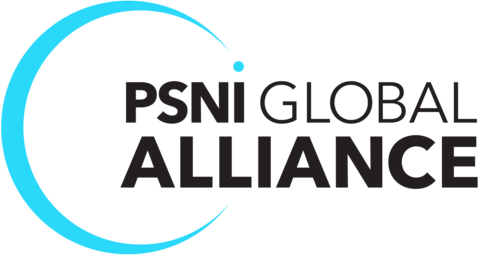Across industries and around the world, virtual meetings have gone from occasional to essential. Nearly a quarter of employees work remotely from home. And most employees say remote meetings are critical to the success of their team members and organizations.
Team collaboration solutions help accommodate a remote workforce by bridging barriers such as physical location and time zones. They can increase employee engagement, productivity, and participation. And they reduce travel costs and other expenses.
But just because virtual meetings are happening more often doesn’t mean they are going off without a hitch. Virtual or online collaboration is often still hampered by familiar technical issues. These include difficulty connecting to the technology, video that freezes, and distracting audio interference.
The right audiovisual solutions can help companies overcome their top corporate communications challenges and improve the user experience for everyone.
Three Ways AV is Improving Corporate Communications
- Solving user frustration with virtual meetings. According to a recent report released by Shure, 96 percent of corporate professionals are frustrated with virtual meetings. What is causing that frustration?
Four of the five main pain points are related to poor audio quality. They include background noise, echoes, audio that cuts out, and not being able to hear every person in the room.
Why does poor audio create so many issues? You can easily conduct a remote meeting without being able to see everyone. But you can’t conduct any kind of meeting without being able to hear everyone.If the audio in your meeting space cuts in and out, remote workers miss a lot of what’s said. What if your microphones only pick up the people sitting closest to them? You might miss out on an innovative design suggestion because you couldn’t hear it. And no one likes to spend their meeting time repeating the phrase, “Can everyone hear me?”
It’s no wonder that 81 percent of business professionals say audio quality has the biggest impact on virtual meeting success. AV manufacturers and integrators are working hard to address the frustrations caused by poor audio. Solutions include microphones that can pick up voices everywhere in a room, and enhanced DSP capabilities.
“We recognize that virtual meetings are already an essential business function. They are only set to grow in prominence during the years ahead,” said Chris Merrick, director of marketing global systems for Shure. “However, we also recognize that companies are still beset by audio issues, as demonstrated in our survey. Our focus will remain on solving these audio issues and developing solutions to help further improve the user experience.”
- Simplifying the user experience (without sacrificing quality). Difficulty connecting to virtual collaboration solutions remains a top stumbling block to positive user experience. This is true for the employee in the room and the employee who works from home.
Time is wasted when users spend most of the meeting trying to connect to collaboration solutions like the video conferencing system. Users quickly become frustrated by disruptions caused by technology issues and productivity suffers.For executives, a bad user experience can have negative impacts both personally and professionally. Forty percent of executives feel personal disappointment and embarrassment when a virtual meeting doesn’t go well. A bad user experience during a virtual meeting can also have a negative impact on a company’s brand and reputation. Especially if that meeting involved current or potential customers.
AV solutions that are easy to use and install are a great first step towards simplifying and improving the user experience. Scalable solutions that work in spaces of all different sizes and configurations also simplify the user experience. Users don’t have to learn different equipment depending on the size and type of meeting room they are using. And IT teams, which support an average of 40 meeting rooms, don’t have to learn dozens of different systems either.
- Making corporate communications smarter. Remote employees are more familiar with consumer solutions when participating in virtual collaboration. Integrating existing commercial solutions with consumer solutions employees find easy to use will improve corporate communication.
The communication infrastructure companies are building today needs to be able to support other future enhancements, including automation and artificial intelligence. AV solutions are already addressing this shift with capabilities such as camera tracking, voice activation, and automatic transcription.
Smart solutions allow for full customization of meeting spaces and seamless connectivity to the wider ecosystem of AV and IT systems.
Looking to Improve the User Experience?
PSNI Preferred Vendor Partners (PVPs) design and manufacture collaboration solutions that address your most pressing corporate communication challenges. PSNI integrators are familiar with all these options. They can help you choose the AV solutions best suited to your current and future corporate collaboration needs.
Ready to get started? Find your nearest PSNI integrator today.









